When selecting the right piping material for a project, it’s crucial to understand the differences between available options. PPR (Polypropylene Random Copolymer) plumbing has gained popularity for its numerous advantages, but how does it compare to other common materials like PVC, CPVC, and copper? This article will explore the key differences and benefits of PPR plumbing compared to these alternatives.
Advantages of PPR Plumbing
Durability and Longevity
PPR pipes are renowned for their durability and longevity. They resist corrosion, scaling, and degradation over time. Unlike metal pipes, which can rust and corrode, PPR maintains its integrity for decades, making it an excellent choice for long-term applications.
Temperature Resistance
One of the standout features of PPR plumbing is its ability to handle a wide range of temperatures. PPR pipes can withstand both hot and cold water applications without losing their structural integrity. This makes them suitable for use in both residential and commercial settings where temperature variations are common.
Chemical Resistance
PPR pipes offer superior chemical resistance compared to other materials. They do not react with most chemicals commonly found in residential and industrial applications. This characteristic ensures the purity of water and reduces the risk of contamination, making PPR ideal for potable water systems.
Comparing PPR to PVC and CPVC
Material Composition
PVC (Polyvinyl Chloride) and CPVC (Chlorinated Polyvinyl Chloride) are both widely used in plumbing. While PVC is typically used for cold water and drainage applications, CPVC is treated to handle higher temperatures. However, PPR still outperforms both in terms of temperature resilience, as it can handle higher and lower extremes without becoming brittle.
Installation Process
The installation of PPR pipes involves heat fusion, which creates seamless and leak-proof joints. This method is often easier and more reliable than the solvent welding used for PVC and CPVC. Heat fusion ensures a strong bond that minimizes the risk of leaks and long-term failures.
Environmental Impact
PPR is considered more environmentally friendly than PVC and CPVC. The production of PPR pipes generates fewer harmful emissions and the material itself is recyclable. Additionally, PPR does not release toxic fumes when burned, unlike PVC, which can produce harmful dioxins.
Comparing PPR to Copper
Cost Efficiency
Copper pipes have been a standard in plumbing for many years due to their reliability and strength. However, PPR offers a more cost-effective solution. The material and installation costs for PPR are significantly lower than for copper. This makes PPR an attractive option for large-scale projects where budget constraints are a concern.
Corrosion Resistance
While copper is highly durable, it is susceptible to corrosion and pitting over time, especially in areas with acidic water or high mineral content. PPR pipes, on the other hand, are completely resistant to corrosion, which extends their lifespan and reduces maintenance costs.
Thermal Insulation
PPR pipes provide better thermal insulation than copper. This means that PPR plumbing can help maintain the temperature of the water within the pipes, reducing energy costs associated with heating or cooling. This makes PPR a more energy-efficient option in the long run.
Versatility of PPR Plumbing
Applications in Various Industries
PPR plumbing is not limited to residential use. Its properties make it suitable for a wide range of applications, including industrial and agricultural settings. From hot and cold water systems to chemical transport and irrigation, PPR adapts well to diverse environments.
Ease of Maintenance
PPR pipes require minimal maintenance compared to other materials. Their resistance to scaling and buildup ensures that the flow of water remains unobstructed over time. This reduces the need for frequent cleaning and repairs, contributing to lower long-term operational costs.
Safety and Health Benefits
The non-toxic nature of PPR makes it a safe choice for potable water systems. Unlike some materials that can leach harmful substances into the water, PPR pipes ensure that the water remains clean and safe for consumption. This makes PPR plumbing an excellent choice for homes, hospitals, and food processing industries.
Conclusion
In summary, PPR plumbing offers numerous advantages over other piping materials such as PVC, CPVC, and copper. Its durability, temperature resistance, and chemical resistance make it a superior choice for a variety of applications. When considering cost efficiency, environmental impact, and ease of installation, PPR stands out as a versatile and reliable option. By understanding these differences, industries and homeowners can make informed decisions, ensuring the longevity and efficiency of their plumbing systems.
IFAN is a Chinese manufacturer of plastic pipes, fittings and valves with 30 years of experience. If you are interested in IFAN copper fittings, copper valves, plastic pipes and fittings, please contact us. IFAN offers you a variety of standard pipes to meet your specific needs. Click below to learn more about IFAN’s wide range of affordable and cost-effective valve products and piping system related products.
We will reply your email or fax within 24 hours.
You can call us at any time if there is any question on our production.
For more information,pls visit our webside https://pipefittingpro.com/
Pls Mailto: [email protected]
Whatsapp: + 86 19857948982

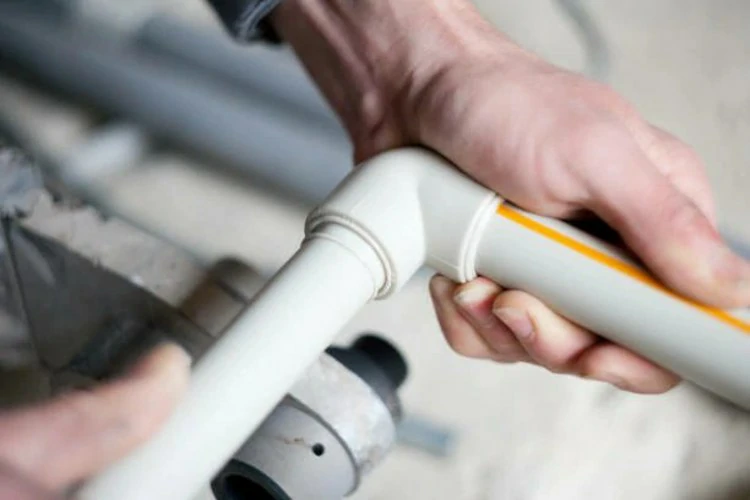
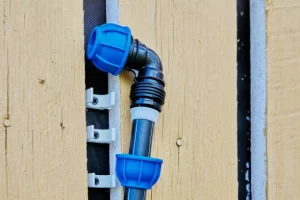
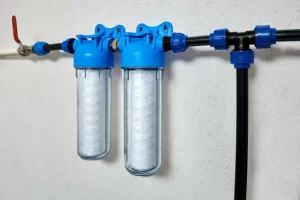
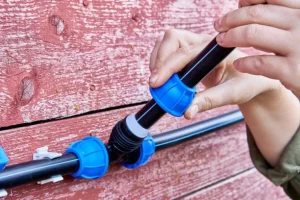
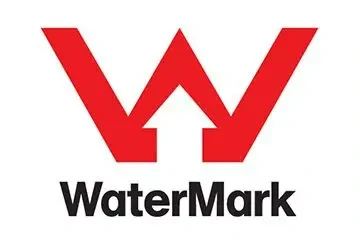

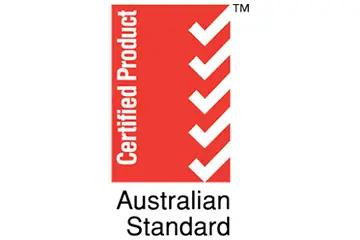
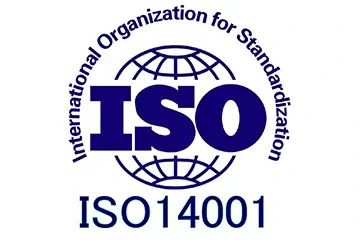

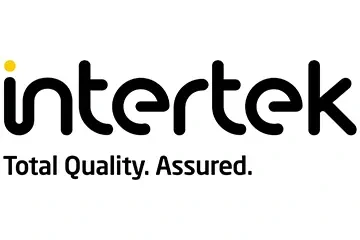


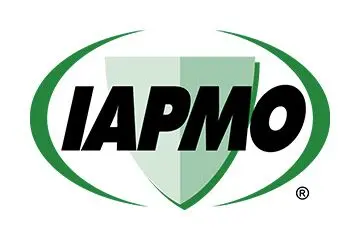
Recent Comments